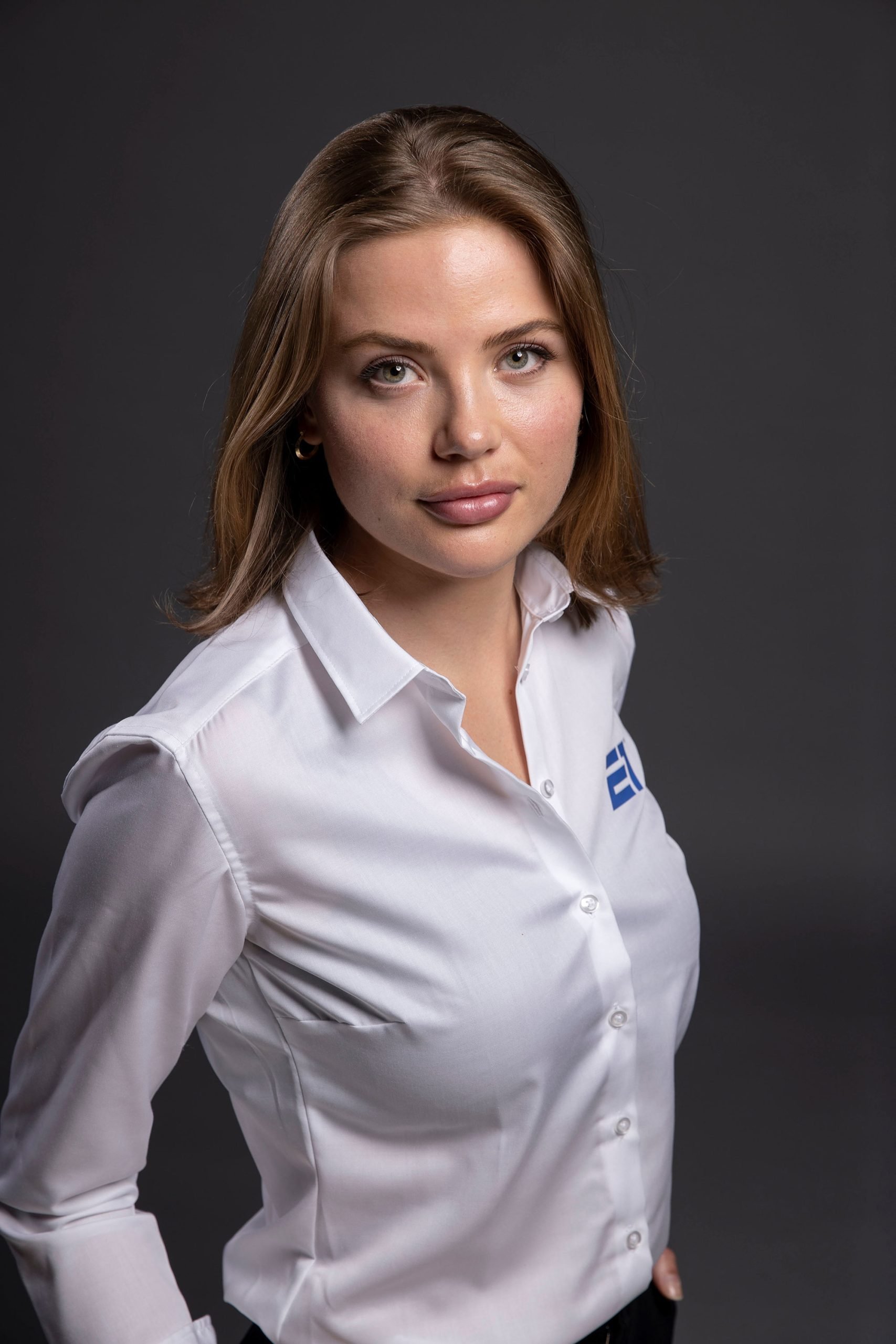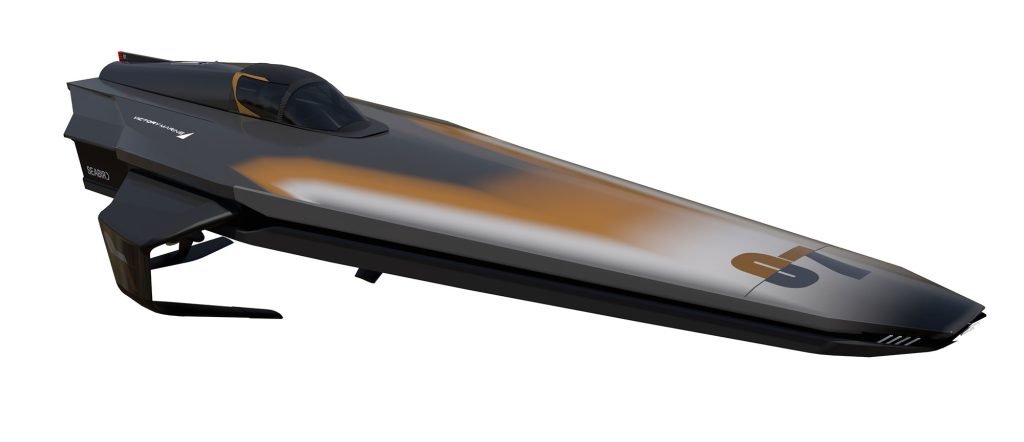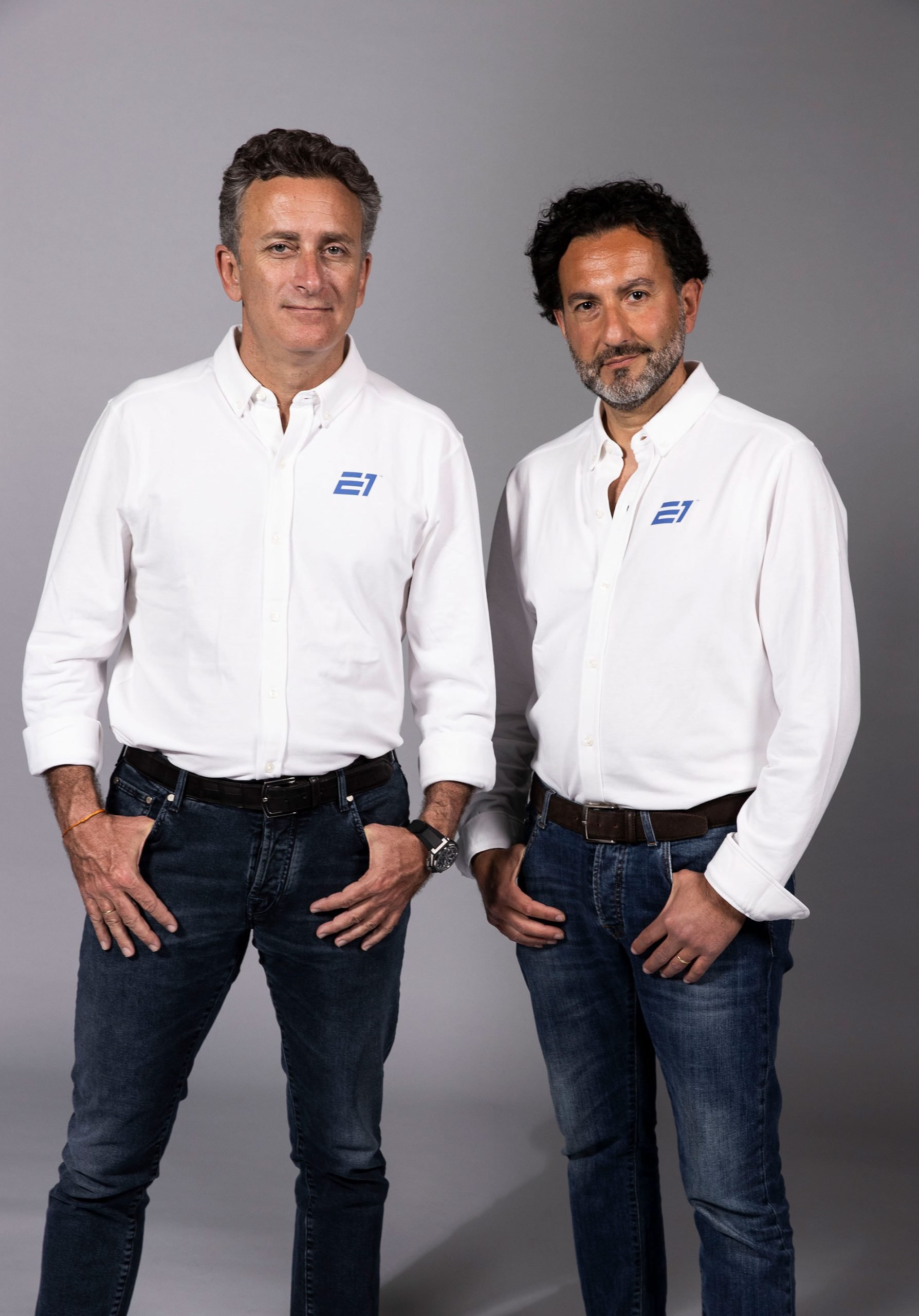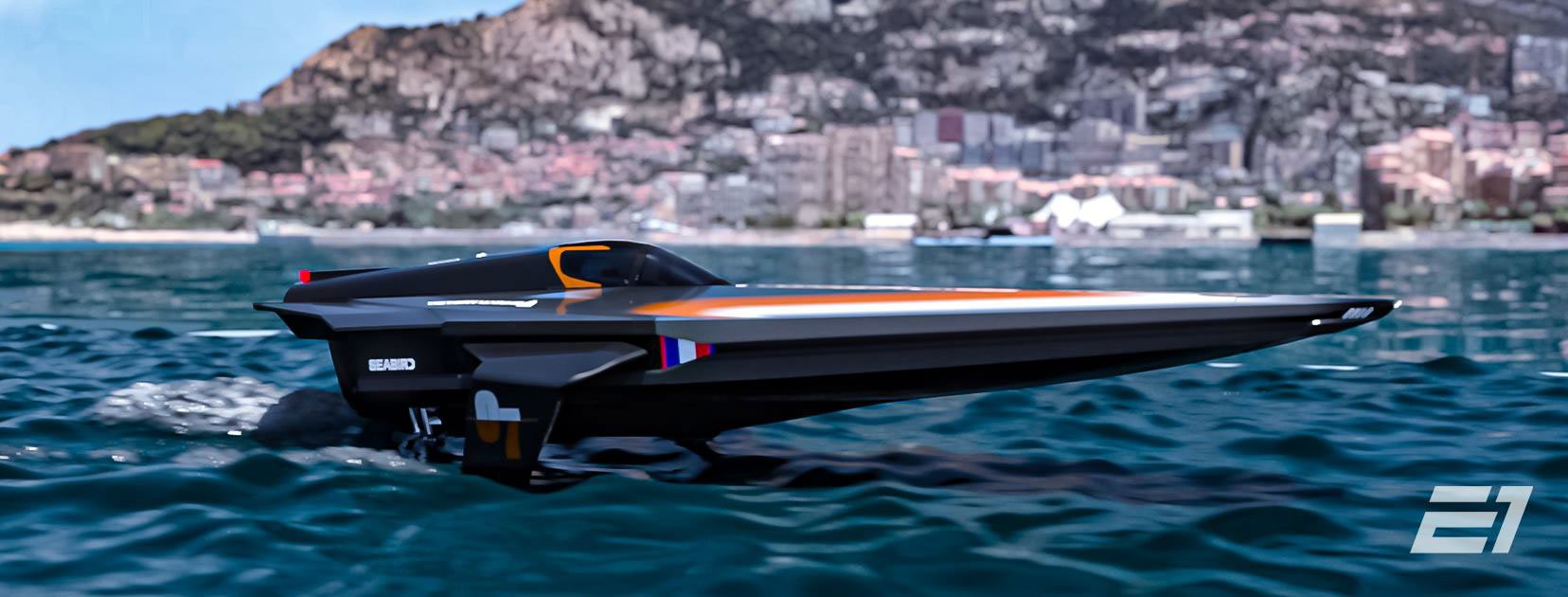It must be a wonderful feeling to wake up, decide to do something unique, have the ability to do it and then make it happen.
That feeling belongs to Alejandro Agag and Rodi Basso, two dreamers—and now actualizers—of the electric speed boat racing program, the E1 Series.
Their motivation? As co-CEO Basso told Worth, “We wanted to create something bringing together all aspects of powerboat racing—innovative design, an advanced battery and electric propulsion—and resulted in a major carbon footprint reduction. We also knew we had to make it exciting to watch, so we could have a global event.”
Entrepreneur Agag had already done this for motorsport; he created the successful Formula E and Extreme E series.
Basso, aside from loving the sea, is an electrical engineer. His successful F1 career saw him working with Ferrari, McLaren and Red Bull Racing. So, he knows a few things about going fast.
After the vision was articulated, designing a super-swift, battery-powered boat was needed. Here, the two broke new ground by turning to young Norwegian boat designer Sophi Horne. Her radical design, the “RaceBird,” not only breaks the mold of what a powerboat should look like, it could also set a precedent for future through-the-water propulsion. Horne, who founded SeaBird Technologies, partnered with Brunello Acampora of Italy’s Victory Marine in order to “create a boat inspired by nature…specifically birds, one that would rise above the water’s surface.”


The testing and validation process was extensive, but, in the end, they have a foiling boat that will maneuver in close quarters. Since the E1 Series is going to be raced in urban waters, so viewers can see the action from the near shore, it was always crucial the boats be well controlled and aftereffects, like boat wake, be minimal. The target speed is 50 mph.
The E1 Series is also developing the technology for recreational marine purposes and hopes to be a template for commercial uses, like ferries and transport ships. After all, the concept of less drag and lighter materials is where the entire boating world is heading. Foiling as a design feature is now part of recreational sailing…even your kid’s kite board now has foils.
All racing, however, will not be so civilized. Alongside the E1 urban series there will be, as Basso puts it, “The extreme series. We are going to take these boats to the ends of the earth in order to remind everyone how small our planet is and the importance of taking care of it. We are going to use sport to show the impact of technology on society and the environment.”


You might be wondering how the boats will get to the Amazon, Greenland and the Middle East. Basso and Agag are going to use a mothership, the St. Helena, to transport up to 12 boats and their teams to the far-flung locations. Once there, everything will be self-supporting, and all the other aspects of the event, like video production and mechanical support, will be too. As in other marine adventures, there will be a scientific component, with the St. Helena serving as a base for water analysis and marine biology research alongside the extreme racing. Basso added, “We want all the events, wherever they are held, to be a technology festival that helps spark a revolution in engineering of both batteries and materials.”
They are also rightly proud of the all-European content for the project. From the designer in Norway to the battery design and manufacture in Austria to the boat production in Tuscany, the technology innovation comes from and stays in the West, an unusual occurrence in this age where so much comes from Asia.
The battery supplier is Kreisel Electric. They have developed software that maximizes power output and longevity. As with cars, there are challenges with both battery features; developing new materials and software will be one of the major goals of the entire E1 Series. “We want to catch up and hopefully surpass all the battery innovation being done on land. The marine environment is fragile, and we need to respect that.”
New partners and venues are being added. Recently, the Saudi Arabian Public Investment Fund announced a partnership with E1. As they transition their economy away from fossil fuels, it makes sense to both invest in E1 and hold events in their waters.

Agag, Basso and Horne have a lot of work to do. Organizing a series of global events, especially during a pandemic, is not easy. Developing cutting-edge speedboat design and using new powertrain technologies is not easy. Bringing the St. Helena and her complement of race crews, event producers and scientists is not easy. Does any of this daunt the team? No, they assured me. As Basso put it, “We have the desire, decades of expertise in doing this on land and a love of the sea that will allow us to overcome all challenges.”
One remaining hurdle for E1 will be to go green in the materials used in the construction of RaceBirds. Some of the most innovative yacht designers and builders are using green composites, like flax and plant-based epoxies, to further reduce their carbon footprint. E1’s use of carbon fiber and other petroleum-based composites are going the way of the gas engine.
The exact event schedule, which is due to kick off in early 2023, will be announced soon. E1 racing can be followed, here.







